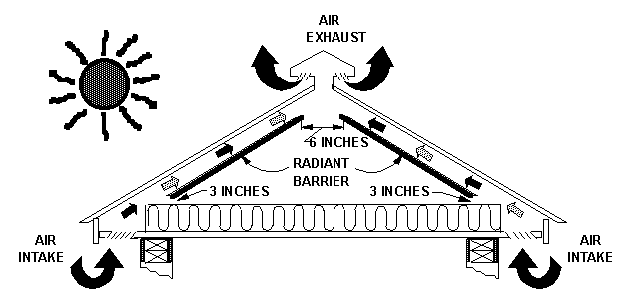I have a question about sizing solar panels to power EG4's 24K BTU mini-splits.
The specs give an input watt range [190 - 2250 watt] and max VOC <380V.
EG4 Hybrid Solar Mini-Split Air Conditioner Heat Pump AC/DC| 24000 BTU
I have local options for smaller 270 watt panels and larger 540 watt panels. More of the smaller panels will get me closer to <380VOC spec where fewer of the larger panels will get me to the 2250 watt spec at half the 380VOC spec in a serial string.
Which is preferable for the solar mini-split and why ?
I understand higher voltage equates to less line loss, but are there other considerations that outweigh the relative line loss in these 2 options ?
Thanks much.
The specs give an input watt range [190 - 2250 watt] and max VOC <380V.
EG4 Hybrid Solar Mini-Split Air Conditioner Heat Pump AC/DC| 24000 BTU
I have local options for smaller 270 watt panels and larger 540 watt panels. More of the smaller panels will get me closer to <380VOC spec where fewer of the larger panels will get me to the 2250 watt spec at half the 380VOC spec in a serial string.
Which is preferable for the solar mini-split and why ?
I understand higher voltage equates to less line loss, but are there other considerations that outweigh the relative line loss in these 2 options ?
Thanks much.




